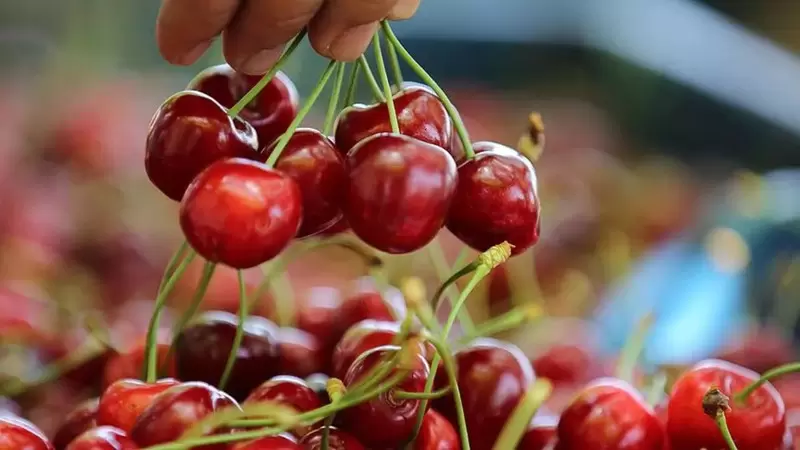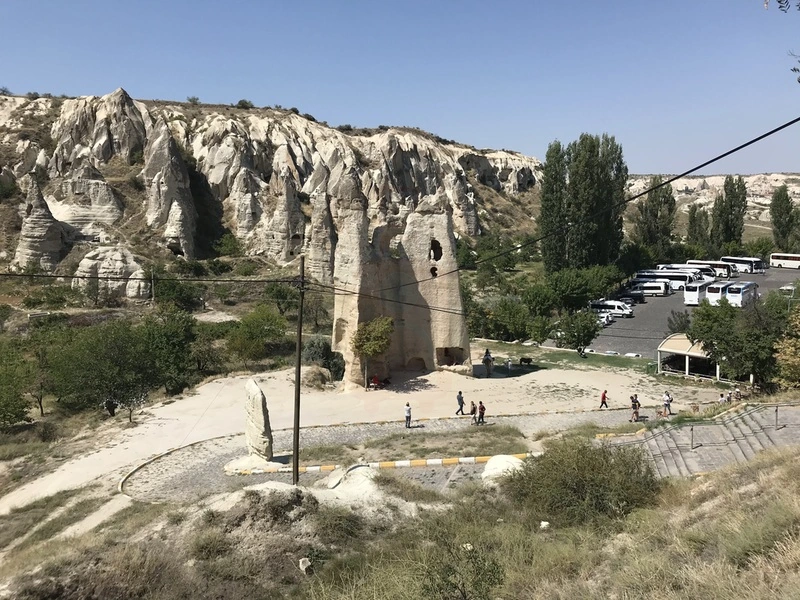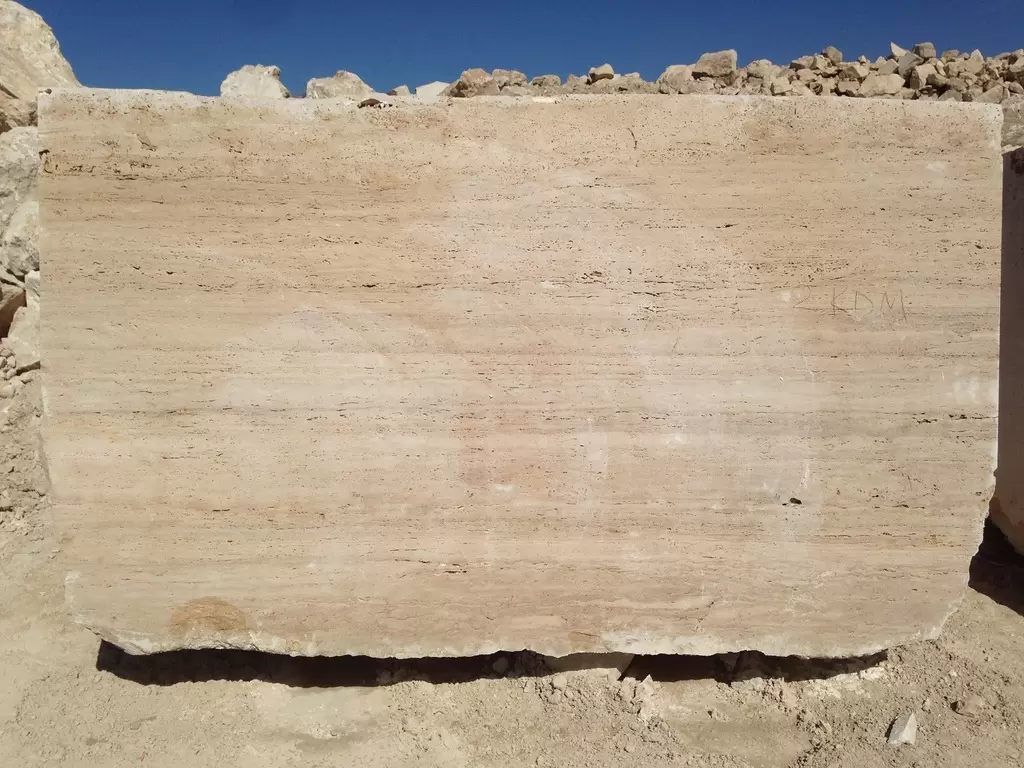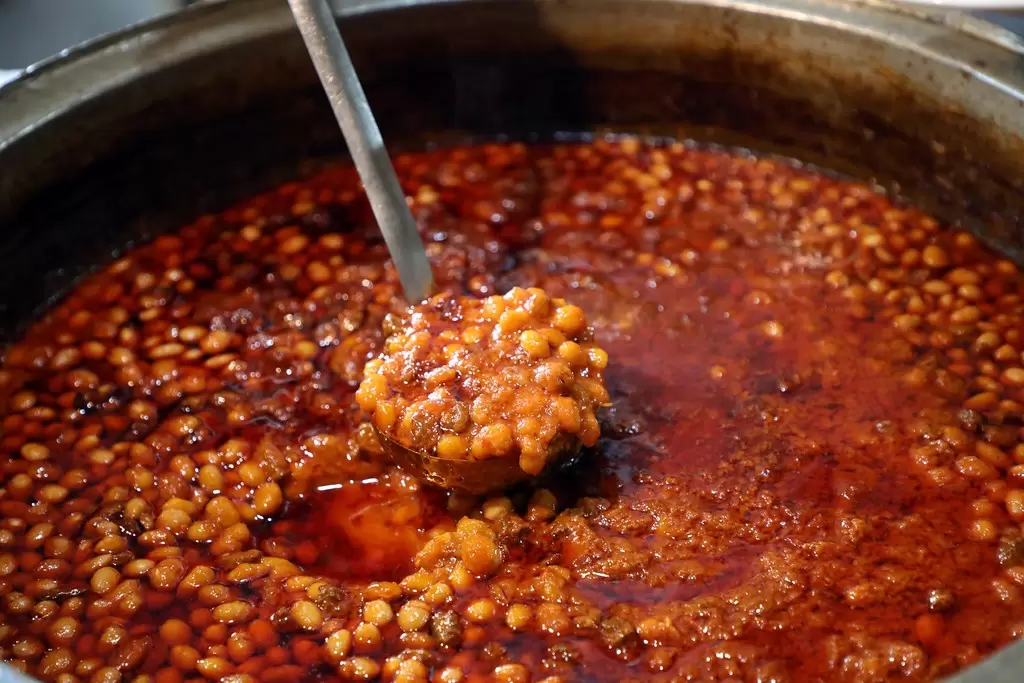
Honaz Cherry: Ein geografisch ausgewiesenes Juwel
Die Honaz-Kirsche, die im Bezirk Honaz in Denizli in der Türkei angebaut wird, ist seit dem frühen 20. Jahrhundert ein Eckpfeiler des landwirtschaftlichen Erbes der Region. Diese außergewöhnliche Kirschsorte leistet nicht nur einen bedeutenden wirtschaftlichen Beitrag, sondern ist auch ein Symbol der lokalen Kultur, mit jährlichen Kirschfesten und Traditionen, die ihre Produktion feiern.
Unterscheidungsmerkmale
Honaz Cherry wird aus der Sorte 0900 Ziraat gewonnen und auf robuste Unterlagen wie Kuşkirazı (Prunus avium) und İdris (Prunus mahaleb) sowie klonale Unterlagen wie Mazzard und Gisela gepfropft. Die Kirschen sind bekannt für:
- Größe und Textur: Große, feste Früchte mit knackiger Textur und süßem Geschmack.
- Aussehen: Lebendige, glänzende rote Schale mit einem langen, grünen Stiel, der seine Frische während Transport und Lagerung behält.
- Haltbarkeit: Sehr widerstandsfähig gegen Rissbildung und geeignet für längere Lagerung unter geeigneten Bedingungen.
- Nährwert: Reich an Kalium, Kalzium und Eisen.
Wachstumsumfeld
Die einzigartigen geografischen und klimatischen Bedingungen von Honaz spielen eine entscheidende Rolle bei der Definition der hervorragenden Qualität der Kirsche:
- Mikroklima: Die Lage von Honaz zwischen dem Aksu-Fluss und dem Honaz-Berg schafft ein ideales Mikroklima für den Kirschanbau. Das hochgelegene Gelände fördert ein stetiges Wachstum und eine Geschmacksentwicklung.
- Boden und Wasser: Der Boden ist auf natürliche Weise mit Nährstoffen aus der Viehhaltung angereichert und die Kirschen werden mit reinem, trinkbarem Wasser bewässert Quellwasser aus dem Berg, das ihren Geschmack und ihr Aroma verstärkt.
- Wetterbedingungen: Das Gebiet hat konstanten Sonnenschein, der für eine gleichmäßige Reifung entscheidend ist, und minimale Niederschläge während der Reifungszeit, wodurch die Risiko von Knacken.
Anbaupraktiken
Der Anbau von Honaz-Kirschen ist tief in traditionellen Praktiken verwurzelt:
- Veredelungstechniken: Lokale Erzeuger verwenden nur regionale Wurzelstöcke und Veredelungsmethoden und vermeiden externe Setzlinge, um die genetische Integrität der Honaz-Kirsche zu bewahren.
- Ökologische Vorteile : Die auf abschüssigem Gelände angelegten Obstgärten sind vor Frühlingsfrösten geschützt und profitieren von einer hervorragenden Luftzirkulation.
- Nachhaltige Praktiken: Organische Düngemittel und natürliche Bewässerungsmethoden werden eingesetzt, wodurch der Einsatz künstlicher Inputs minimiert wird.
Ernte und Qualität
Kirschen werden in Honaz je nach Höhenlage typischerweise zwischen Juni und Juli geerntet. Die hochgelegenen Obstgärten sorgen für eine langsame Reifung, was zu Kirschen mit einem perfekten Gleichgewicht zwischen Süße und Säure führt. Das konstante Klima ermöglicht eine gleichmäßige Verteilung des Sonnenlichts, was zur leuchtenden Farbe und dem intensiven Geschmack der Früchte beiträgt.
Kulturelle Bedeutung
Honaz-Kirsche ist mehr als ein landwirtschaftliches Produkt; es ist ein integraler Bestandteil der lokalen Identität. Jährliche Feste, darunter Kirschschönheitswettbewerbe und Verkostungsveranstaltungen, unterstreichen den Stolz der Gemeinde auf dieses geografisch bestimmte Produkt.
Wirtschaftliche und ernährungsphysiologische Auswirkungen
Als Produkt mit hohem Exportpotenzial trägt Honaz Cherry erheblich zur lokalen Wirtschaft bei. Seine einzigartige Mischung aus Süße, Festigkeit und ernährungsphysiologischen Vorteilen macht es weltweit zu einer bevorzugten Wahl für den Frischverzehr und die kulinarische Verwendung.
Honaz Cherry repräsentiert das harmonische Zusammenspiel von Natur, Tradition und sorgfältigen Anbaupraktiken, was zu einem Produkt führt, das für seine unübertroffene Qualität und seinen unvergleichlichen Geschmack gefeiert wird.


















